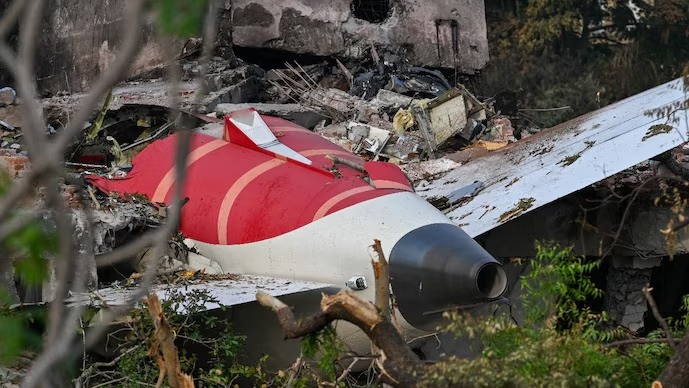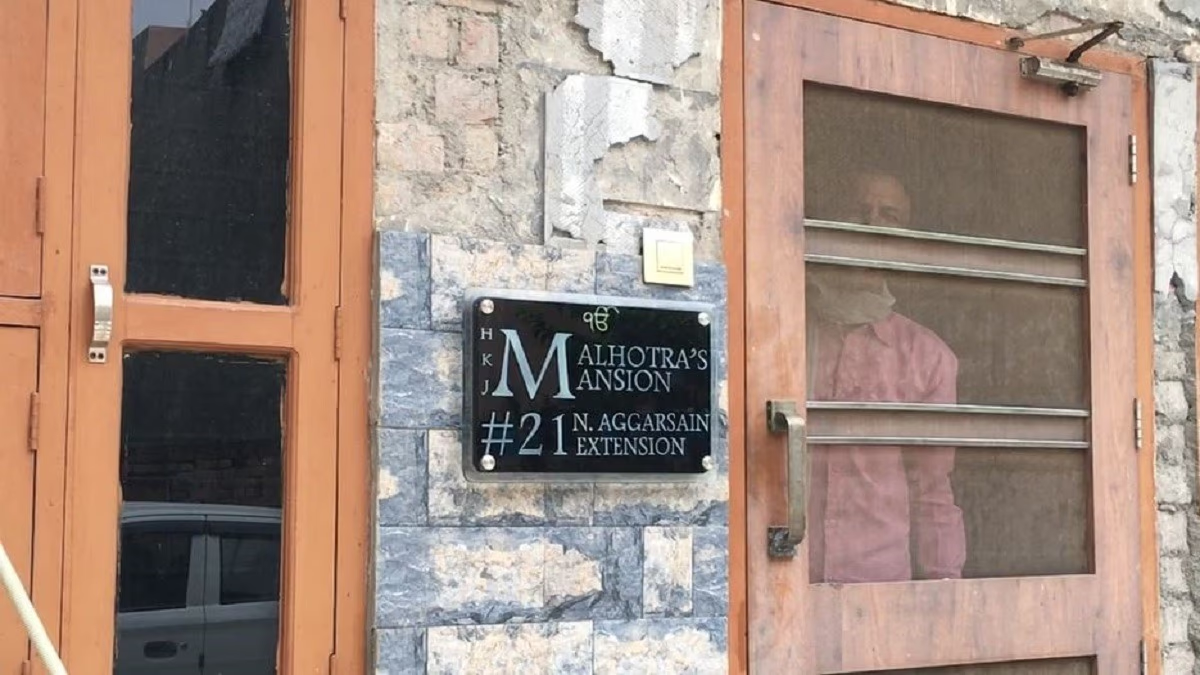Recently, a new update has emerged regarding the Air India plane crash that occurred in Ahmedabad, Gujarat. A Bloomberg report, citing sources, revealed that Air India pilots replicated the aircraft parameters in a flight simulator, identifying technical failures as a potential cause behind the accident.
However, the actual cause of the crash of the AI 171 plane has yet to be determined.
As part of the simulation, pilots kept the landing gear deployed and retracted the wing flaps. Nevertheless, it was found that these factors alone might not be the cause. Air India has declined to comment on the newly disclosed details. An Air India spokesperson told India Today, "These are speculations, and we cannot comment at this time."
Photos of the Boeing 787 Dreamliner wreckage indicated that the flaps were extended and not retracted as previously supposed. Flaps provide the crucial extra lift needed during take-off and landing when the aircraft's speed is low.
The flight bound for London crashed near a medical college campus in Ahmedabad just seconds after takeoff, resulting in the tragic loss of 241 passengers and crew members aboard, with only one survivor, and claiming the lives of 34 individuals on the ground.
Several experts have confirmed that technical failure might be one of the reasons leading to this devastating accident.
Another Article: Was There a Conspiracy Angle in the Air India Plane Crash? These Questions Must Be Addressed
Aviation expert and former U.S. Navy pilot Captain Steve Shebner suggested that dual engine failure could be the reason behind the crash. In an interview with India Today, he indicated that the deployment of the ram air turbine (RAT) shortly after takeoff points to dual engine failure. This simulation was conducted independently from the Aircraft Accident Investigation Bureau (AAIB)'s official investigation. Sources told Bloomberg that this exercise aimed to unearth possible causes.
Analysis of crash footage done by Air India's pilots revealed that the landing gear was tilted forward, indicating that wheel retraction had begun. However, the landing gear doors were not opened, suggesting to pilots that an electrical or hydraulic failure possibly occurred, pointing towards engine issues.
Another Article: Ahmedabad Plane Crash: Victim Families Prepare to Take Legal Action Against Air India and Boeing
Data analysis from the black box of the crashed Air India plane is currently ongoing at AAIB's lab in Delhi. This will provide a step-by-step sequence of the accident, further illuminating why both engines might have lost power simultaneously.




